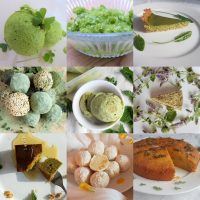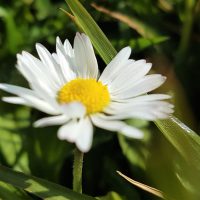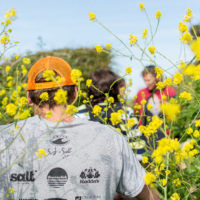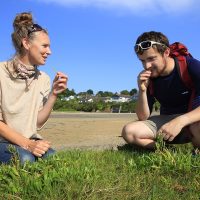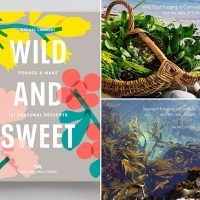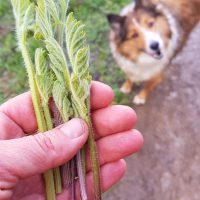Wild and Sweet - the 1st wild dessert cookbook
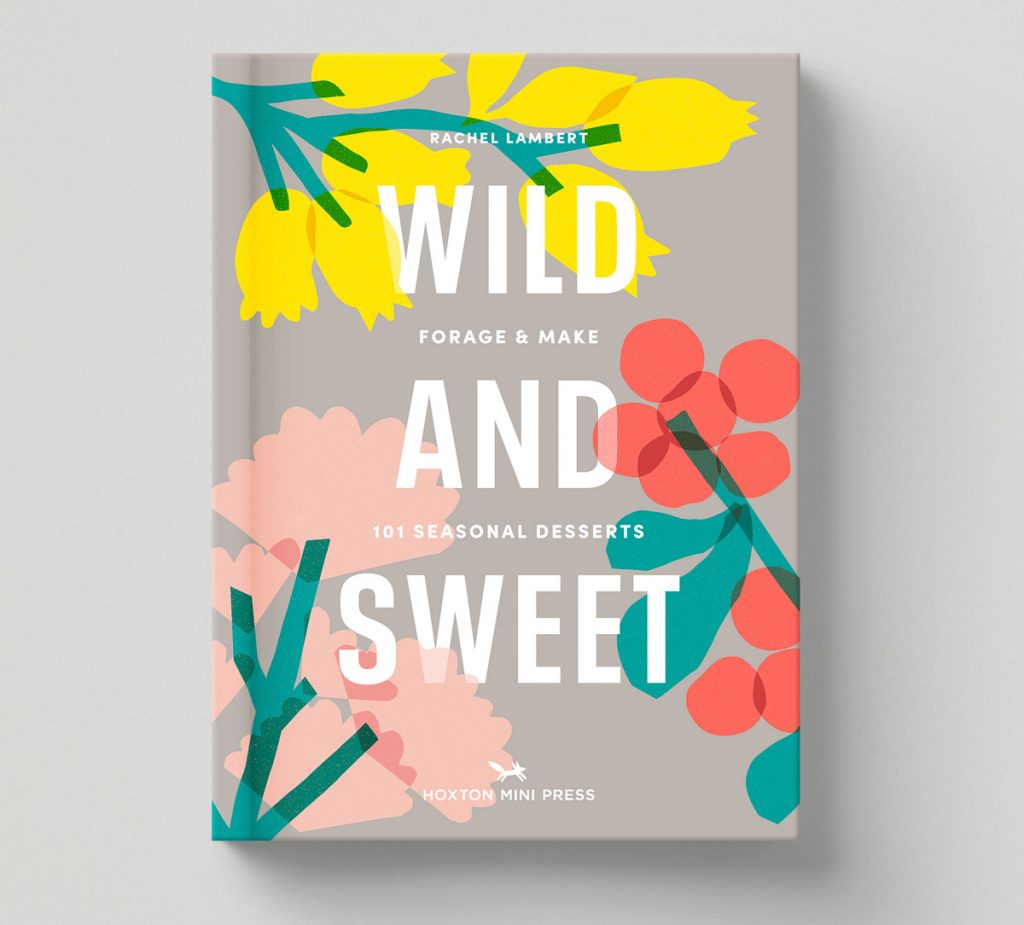
Wild and Sweet is the book I always wanted to write.
The idea came to me about 12 years ago (2010) when I was inspired to create my first Nettle and Honey cake. It looked and smelt great when I took it out of the oven. I let it cool a little then wrapped the freshly baked cake, took it for a walk and shared it amongst foraging course participants. Not one piece was left.
There's something about the combination of foraging and sweetness that has always been irresistible to me. I was brought up on home cooking, sweet baking and wild adventures.
Wild and Sweet//How my love of sweet baking began, p8


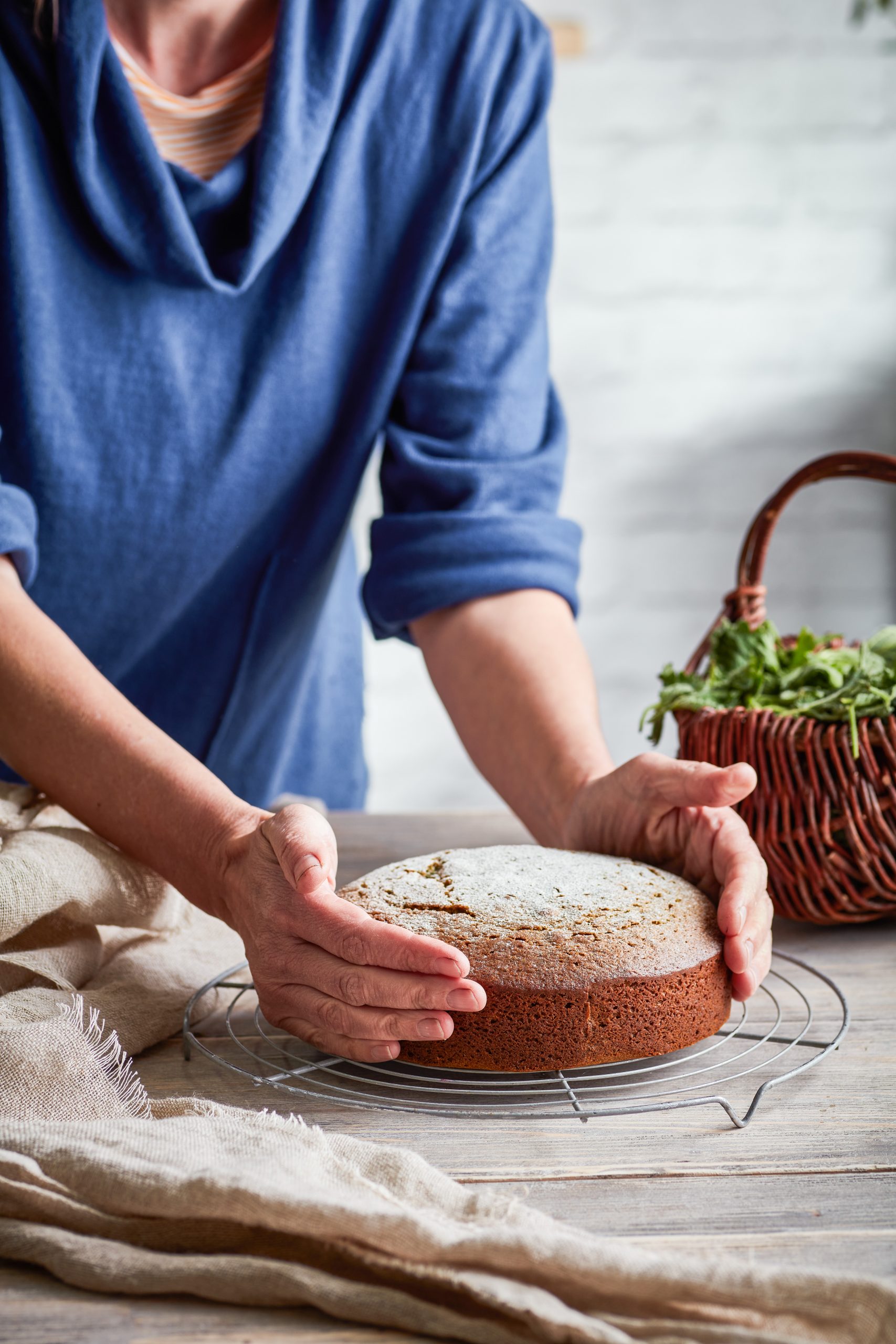

The process of Wild and Sweet
Since then I've been jotting down potential recipes, ideas and themes within the book. Occasionally a wacky idea of mine would work first time - like the Nettle and Honey cake. Though some recipes I created up to 8 times before either succeeding or giving up and changing tack. Such is the creative journey.
My family and friends will probably be able to tell you of a few disasters along the way, like my seaweed and rose marshmallows which tasted good but looked disgusting. Or my first attempt at elderberry fruit pastilles which ended up as blackened, rock-hard toffees. It took ages to scrape the mixture of a marble-topped chest of draws too (don't ask!). Though the final attempt did make the book, with its fruity, juicy flavours and melt-in-the-mouth texture.
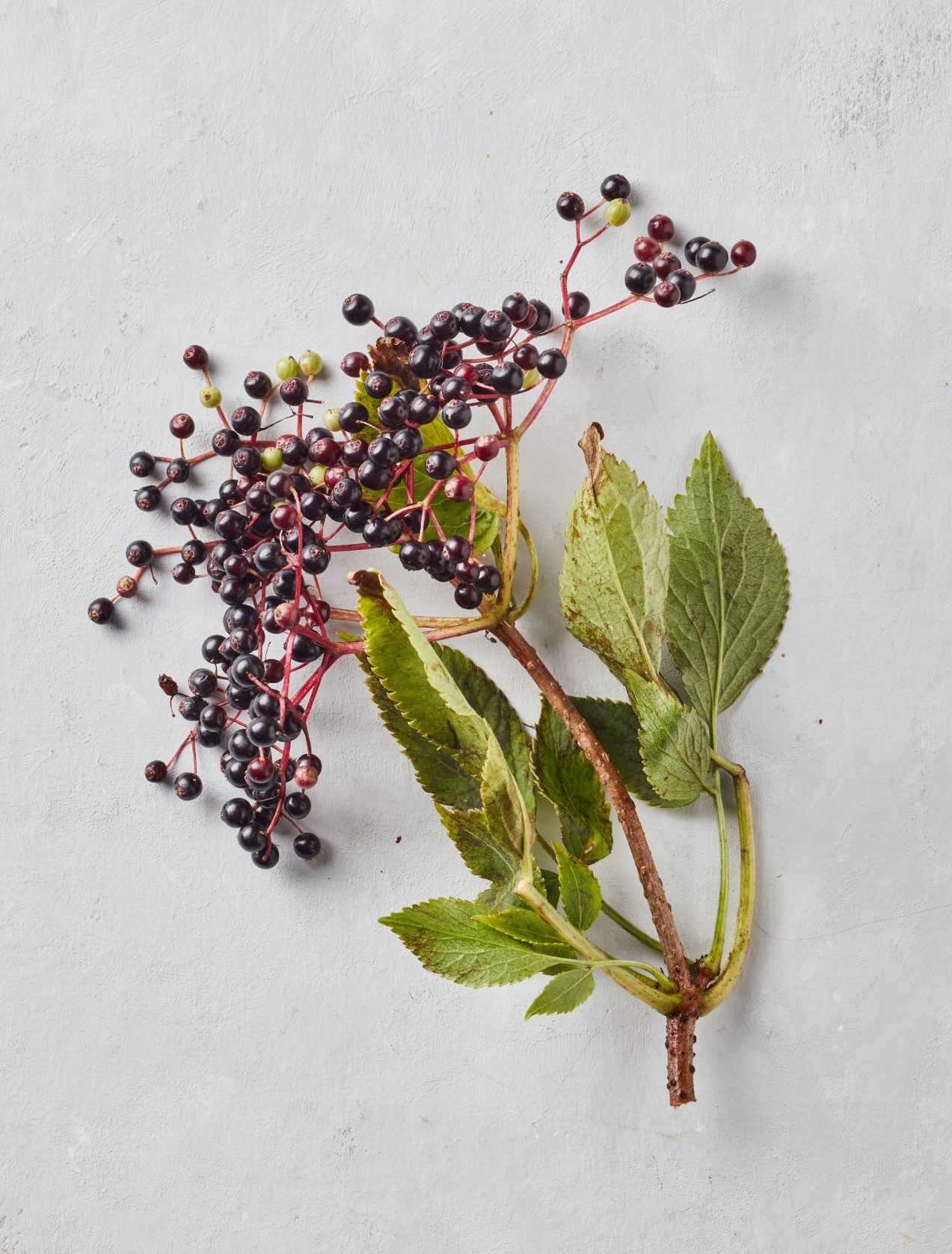

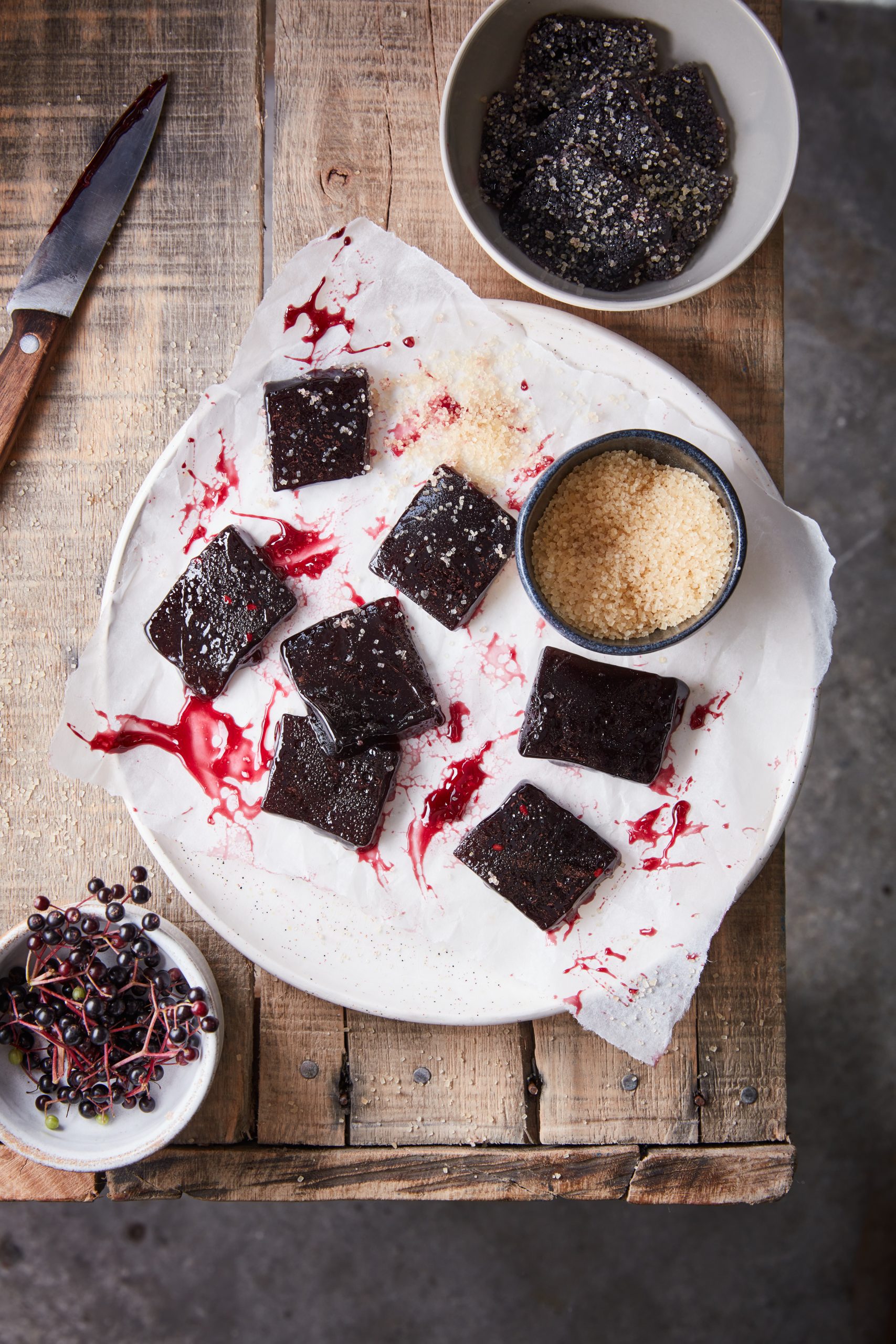

Is Wild and Sweet full of healthy desserts?
There is no refined sugars in Wild and Sweet, here you'll find: golden, brown and dark sugar, honey and fruits. It's all about amounts, context and treats, brought together with the feel-good adventure of finding your own food.
You'll also find over 50% of the recipes are vegan and/or gluten-free, and rest use whole ingredients - butter, flour, eggs and avoid processed ingredients. A little of something is good for you....
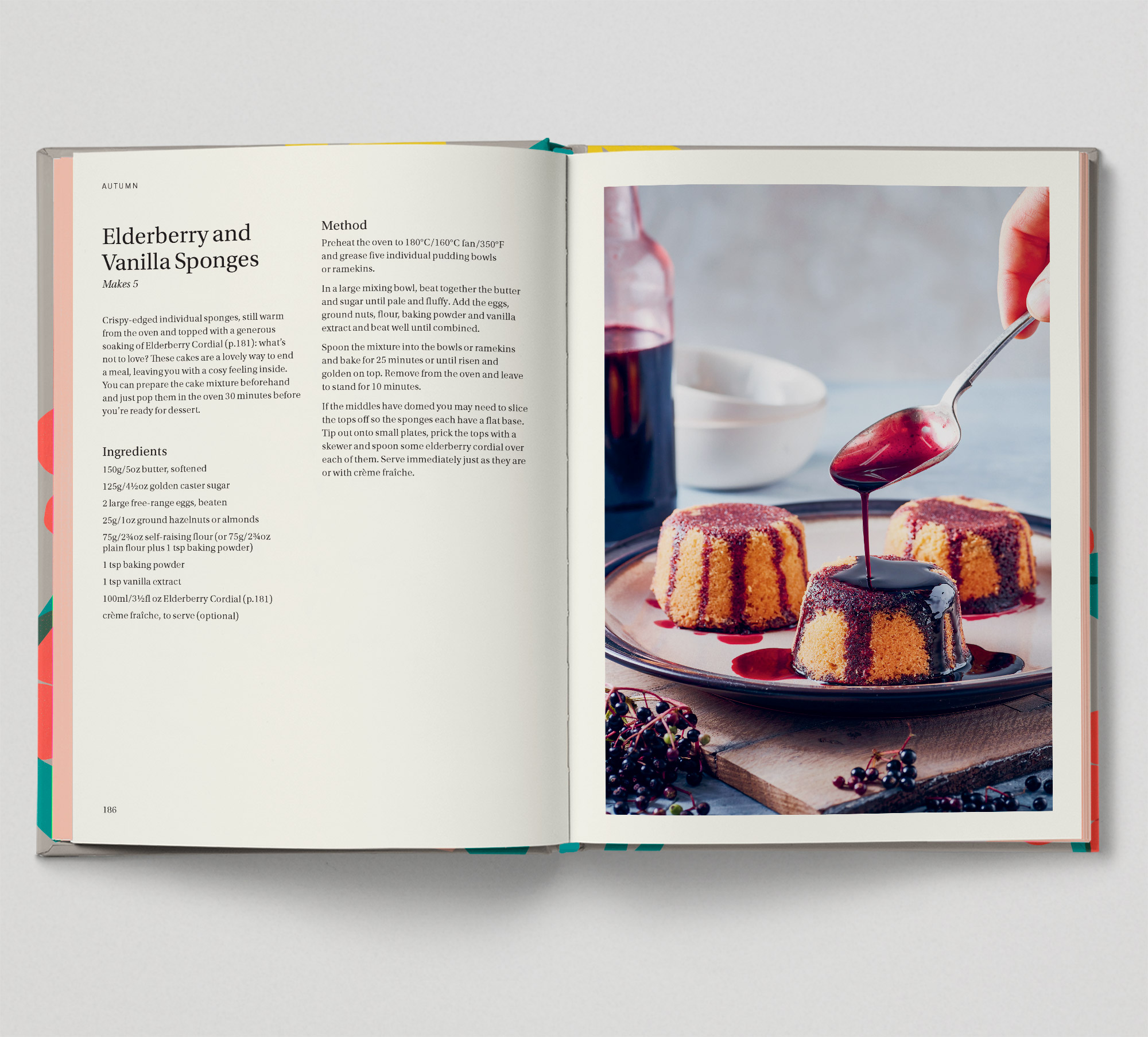

What's in the Wild and Sweet cookbook
As well as 101 recipes, Wild and Sweet is more than just a cookbook. It introduces 20 plants from spring through the winter - dandelions (flowers, leaves then roots) and the elder tree (flowers then berries) featuring twice, making it 22 plants. It also sings of the multiple benefits of, literally, eating nature.
1. A foraging guide
You'll learn how to identify the wild foods covered, where to find them, when, how to harvest and nutritional and medicinal benefits as well as cautions.
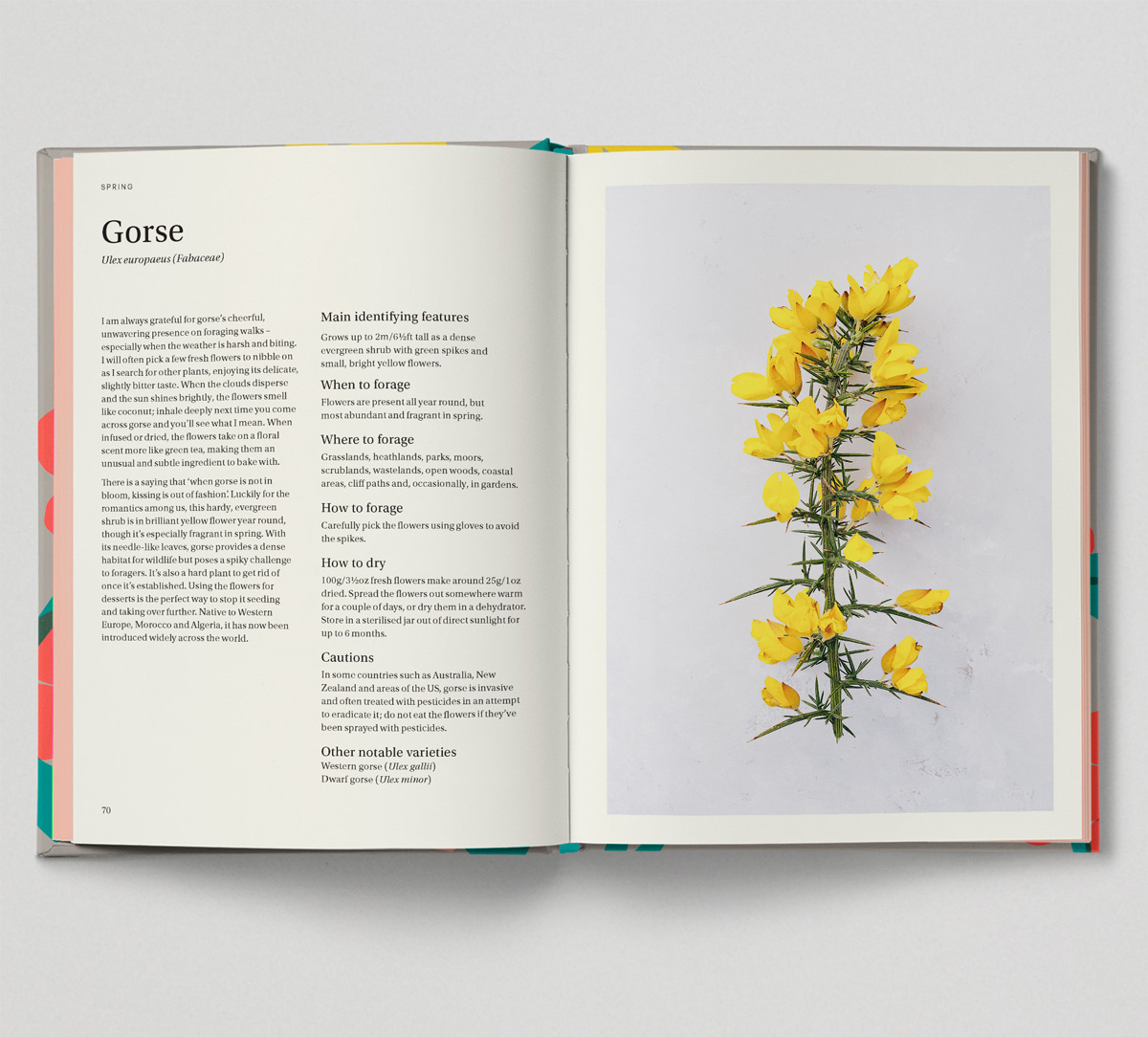

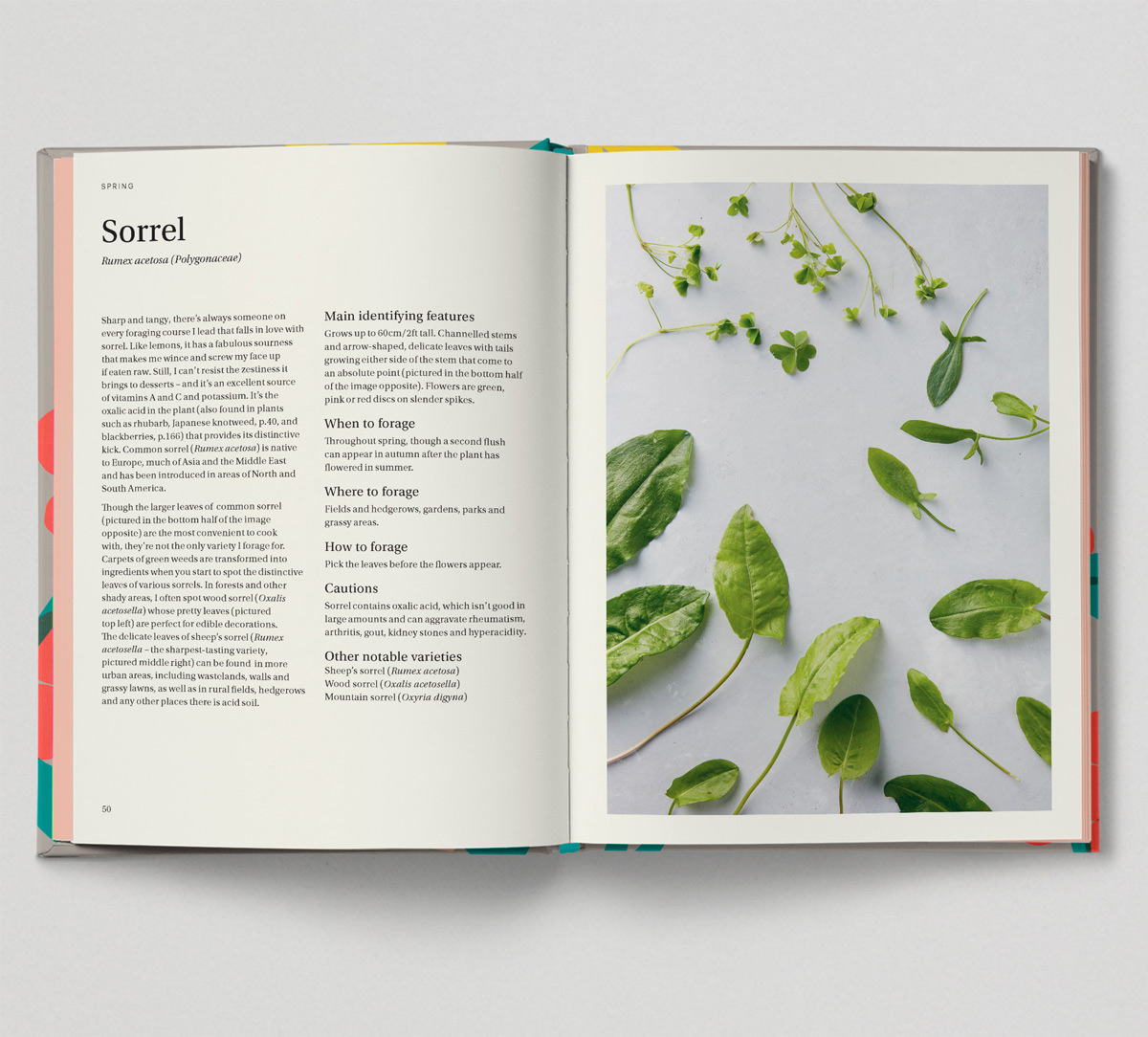

2. Why forage for dessert?
My publisher ask me why bother? I thought this was a great question! In this book I share with you some of the benefits, including the untamed flavours that you can discover.
3. The yearly foraging cycle
It's obvious if you know, but if you don't, there's a chart and description of how the foraging year unfolds, regardless of where you are in the world.
4. Sustainability and taking care
How to forage sustainably and take care of the plants that take care of us is something very dear to my heart. As foraging has become more popular and 'cool', this is more important than ever. This section of the book is full of suggestions and guidance of ways to take care.
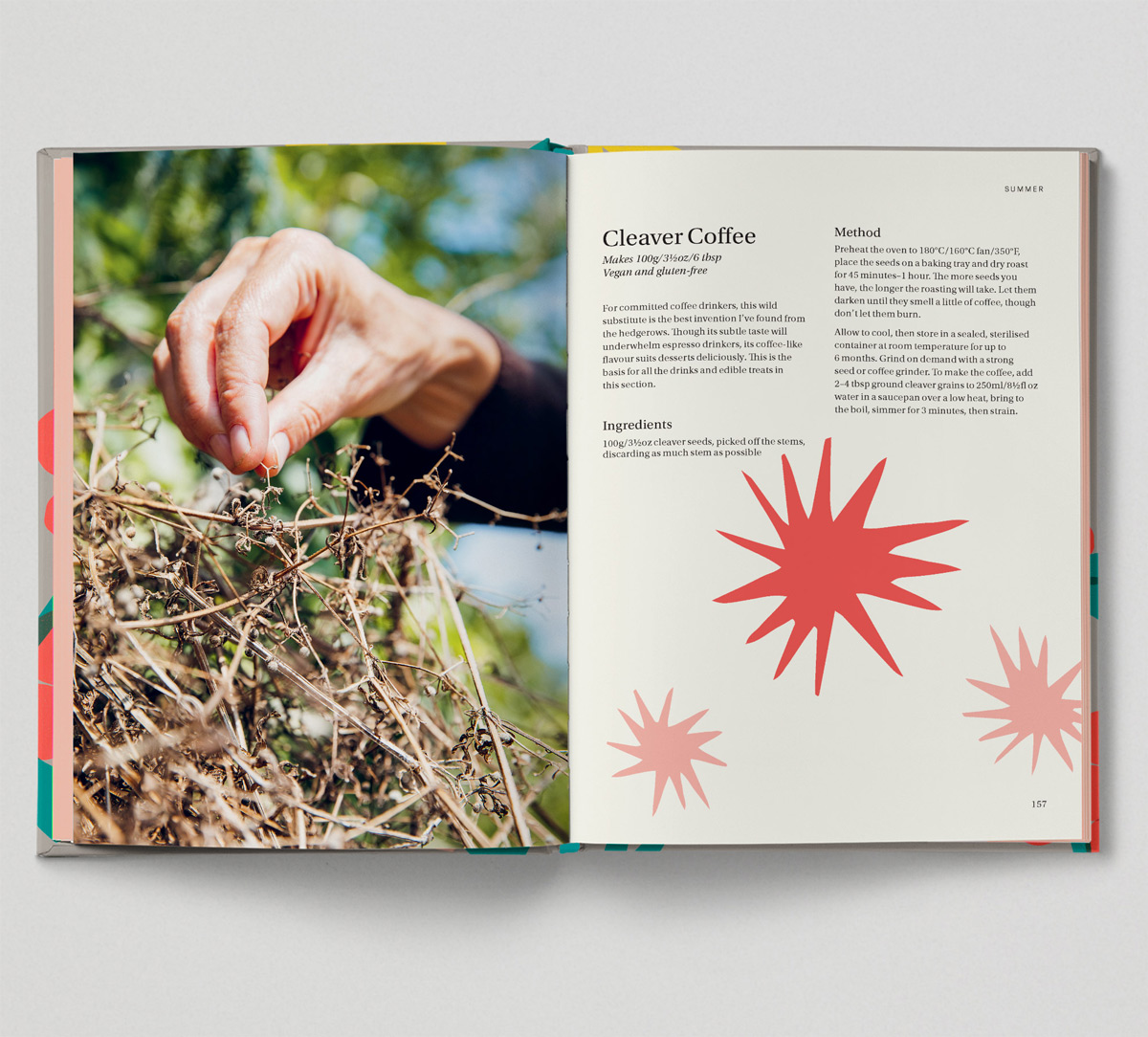

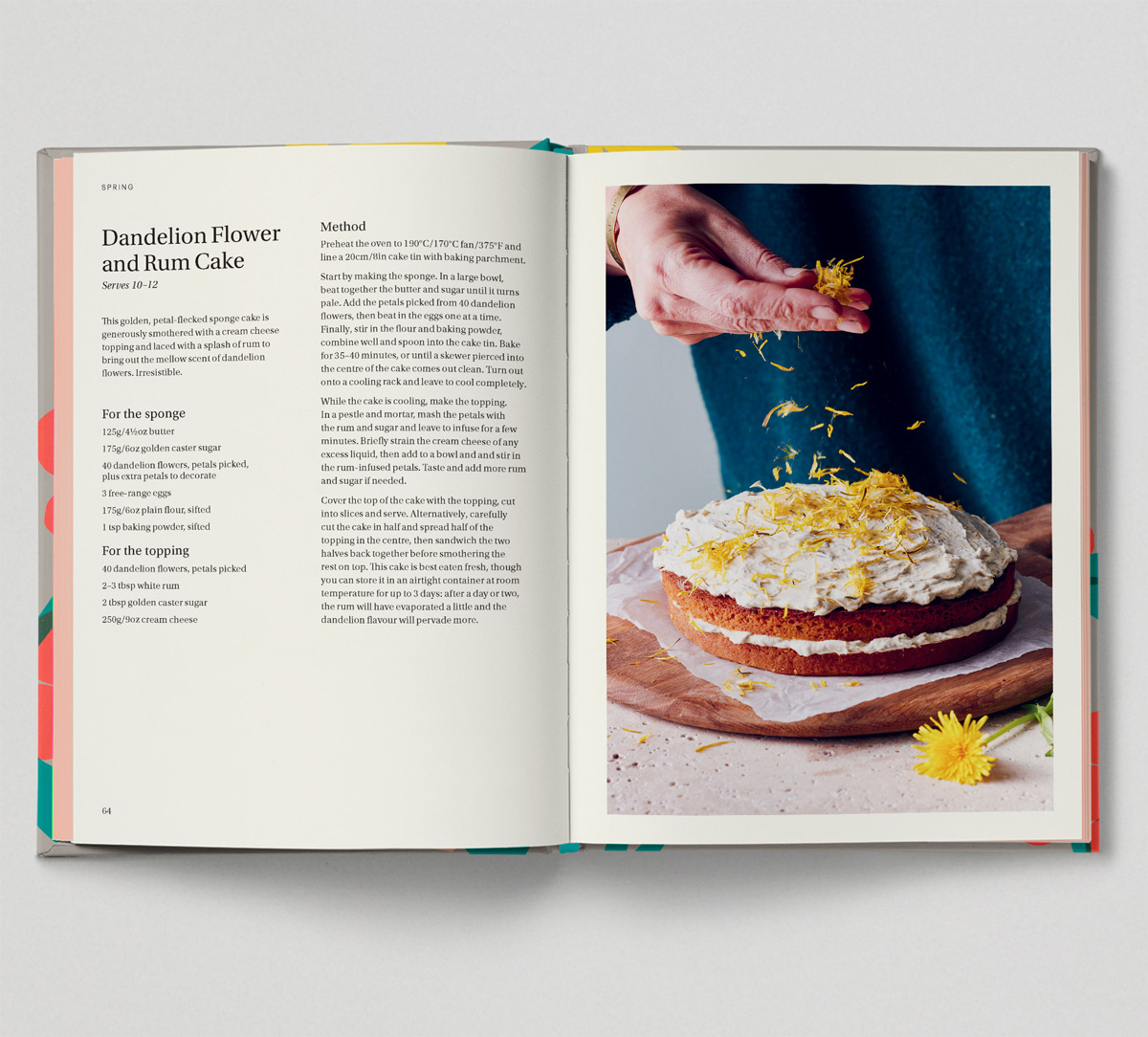

6. Is Wild and Sweet just relevant to the UK?
No! That's the beauty of it - it is relevant to Europe, the US, Australia, New Zealand, parts of the Middle East, North Africa and the Cape Provinces. I chose the range of plants due to their availability across the hemispheres.
Of course, not every plant is available everywhere, but here's a brief summary:
- STINGING NETTLES - Europe, Asia. Middle East, some parts of North and South America, Southern Africa.
- SORREL - Europe, much of Asia and Middle East, North and South America. Many species worldwide and other cultivated sorrels available.
- JAPANESE KNOTWEED - Japan, Southeast China, Korea and Taiwan, Europe and North America
- DANDELIONS (flowers, leaves and roots) - Europe, Asia certain areas of North and South America, North Africa, Australasia, and widely across the world.
- GORSE - Western Europe, Morocco, Algeria, Australia, New Zealand and some areas of the US.
- ELDER (flowers and berries) - Europe, Western Australia, Tasmania, areas of South America and North Africa, with other varieties available in the US.
- MINT - Europe, North America, Asia, much of Australasia and Africa, parts of South America, too.
- PINEAPPLE WEED - North America, Europe much of Asia and Australia.
- ROSE (petals and rosehips) - China, Japan and Korea, North America, Europe. Many varieties worldwide.
- YARROW - Europe, North America, North Asia, much of the Middle East, South America, areas of South Asia.
- FENNEL - Europe and much of North and South America, East Africa, Australia and West Asia.
- CLEAVER SEEDS - Europe, Asia, Middle East, North Africa, North America, South America, Australasia, Africa.
- HOGWEED SEEDS - Europe and Morocco, New Zealand: common hogweed (Heracleum sphondylium). Cow parsnip (Heracleum maximum): US and Japan.
- BLACKBERRIES - Europe, South Africa, South Korea, parts of Australasia. Many varieties across the world.
- CRAB APPLES - Domesticated apples worldwide. Crab apples - Europe and Turkey, Australia, Argentina.
- SLOES - native to Europe, West Asia and parts of North Africa, introduced in Tasmania and areas of US.
- HAW BERRIES - Europe, North Africa, Middle East. North America, Australasia, Argentina, Cape Provinces. Midland hawthorn (Crataegus laevigata) native to Europe.
- ROWAN BERRIES - Europe, Asia and US in high-altitude places, New Zealand and Argentina.
- BURDOCK ROOTS - Europe and Asia, North America, parts of Australasia and cultivated in Asia.
Available to purchase through my website book page and through Hoxton Mini Press.



Leave a Reply
Tags: foraged recipes, Foraging Book, sweet baking, wild and sweet, wild desserts, wild foods
